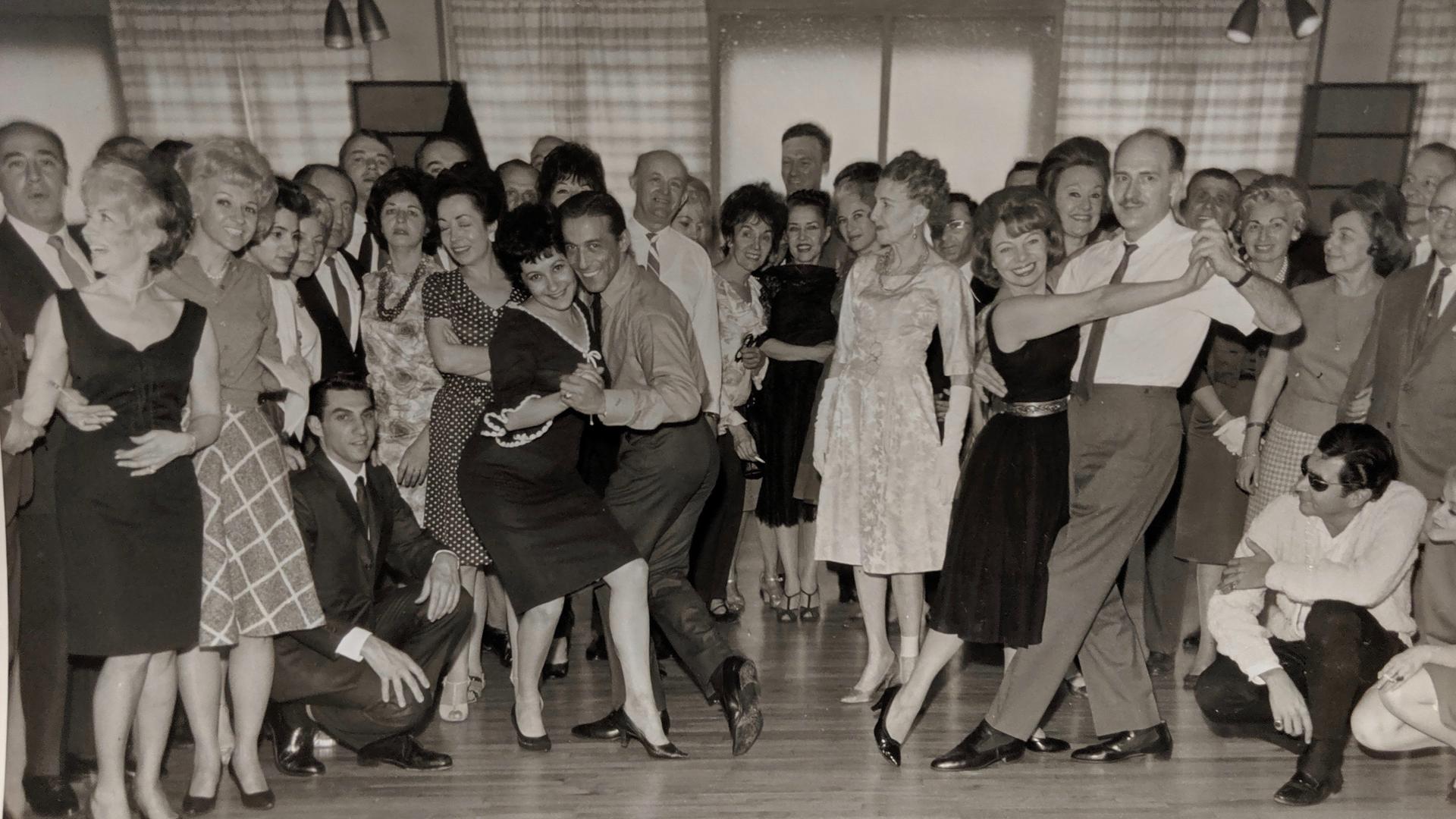New York’s Roper Records provided the soundtrack for generations of dancers across the globe
Franc Peri contains multitudes. A master ballroom and theatrical dancer specializing in Latin styles, he taught untold numbers of teachers how to move to cha-cha, boleros, mambo and foxtrot during the middle of the last century. When the World War II Navy veteran wasn’t crisscrossing the country with Dance Masters of America, or judging dance competitions abroad, he produced big band and classical music as the owner and executive producer of Long Island City-based Roper Records.
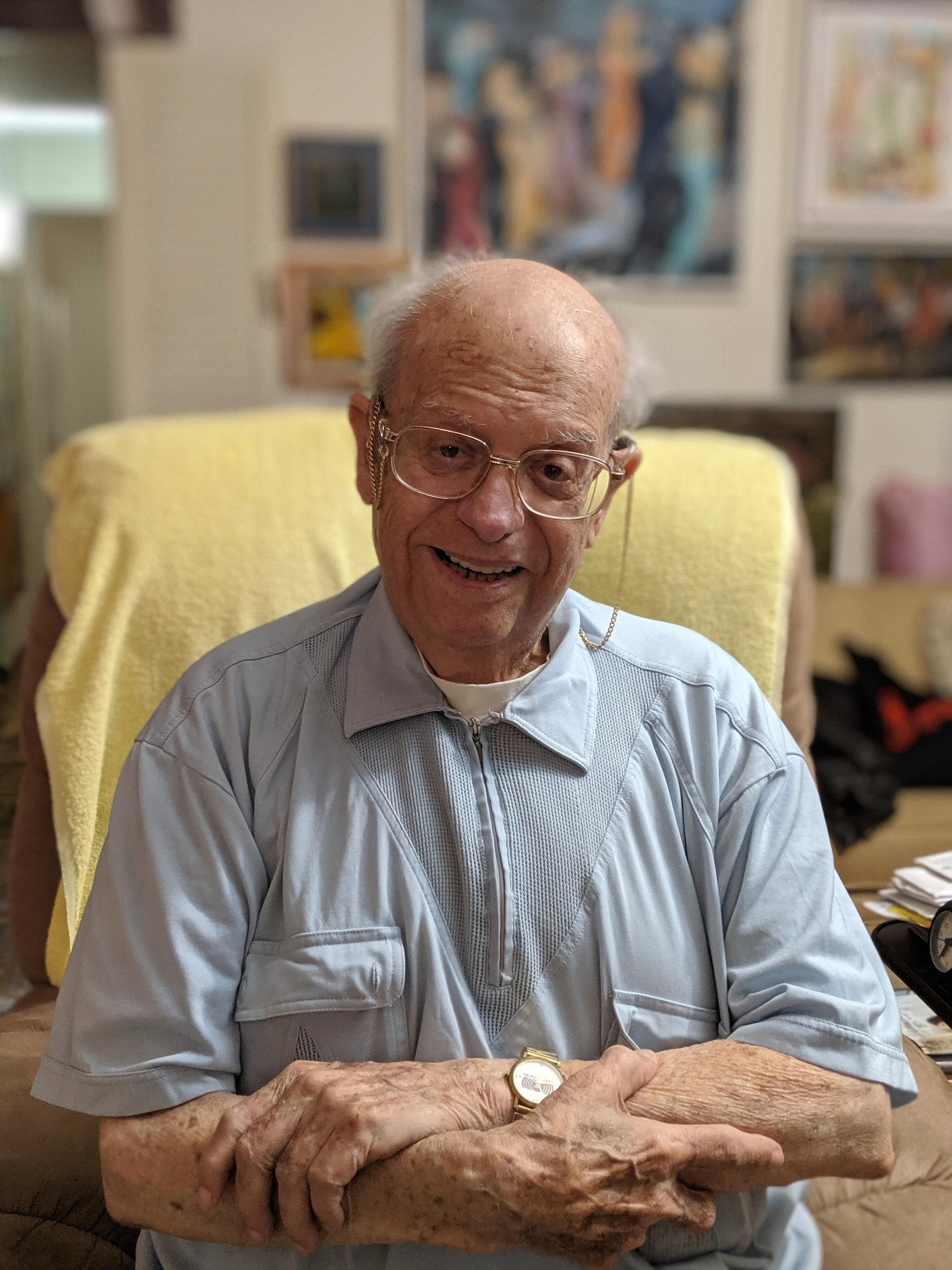
Roper Records, an amalgamation of a long-forgotten friend’s and Peri’s names, produced mostly instrumental music for ballroom dance and ballet studios beginning in 1960. During its nearly half-century run, Roper released hundreds of high-quality records, cassettes and CDs, which Peri distributed via mail order to dance professionals in the US and internationally. Today, Roper records are beloved by dancers around the world, particularly among a generation of ballerinos who practiced to Roper albums. Some of Roper’s releases are now sought-after singles among record collectors.
Related: The 7 global music trends from the past decade
Yet, Peri and Roper Records exist in a little-known pocket of musical history and need: dance music created by dancers and teachers for dancers and teachers. Although people have been dancing since the dawn of time, and elites in Europe and North America popularized formal, social dances in the late 19th century, ballroom dance caught on in the 1950s and the simultaneous Latin dance craze drove many middle class Americans into dance studios. And while the popularity of ballet has ebbed over the last half century, all classes require a specific musical cadence — one which a dancer would know best.
“I just did it. When I think of how I built that place, it’s really something.”
Roper’s memorable sound likely resulted from Peri’s highly attuned ear, the result of a long and successful dancing career. Now 94, Peri can’t remember exactly when he began dancing, but he knew what music would make dancers move and would settle for nothing less. He built Roper Records — a one-man operation for the entirety of its run — with quality in mind, but no experience. “I just did it,” he said, seated among a dozen or so paintings in his Manhattan apartment. “When I think of how I built that place, it’s really something.”
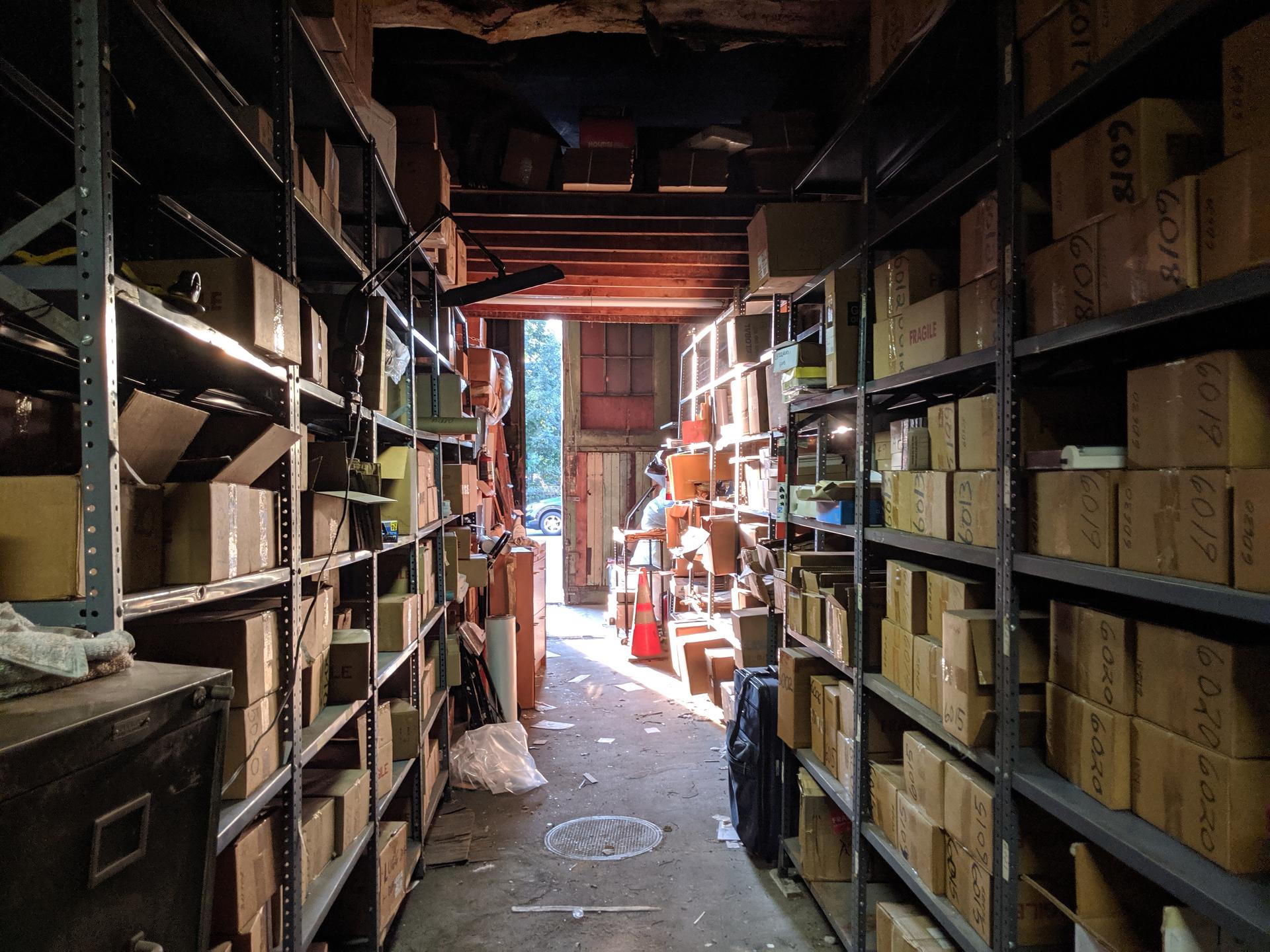
“Franc was very comprehensive and thorough, and that’s what ballroom instructors really liked.”
“All of his recordings had extensive instruction and description of the type of dance; a lot of them came with dance manuals,” said David Freeman, an archivist and Pace University adjunct professor who is managing the liquidation of Roper’s warehouse. “Franc was very comprehensive and thorough, and that’s what ballroom instructors really liked.”
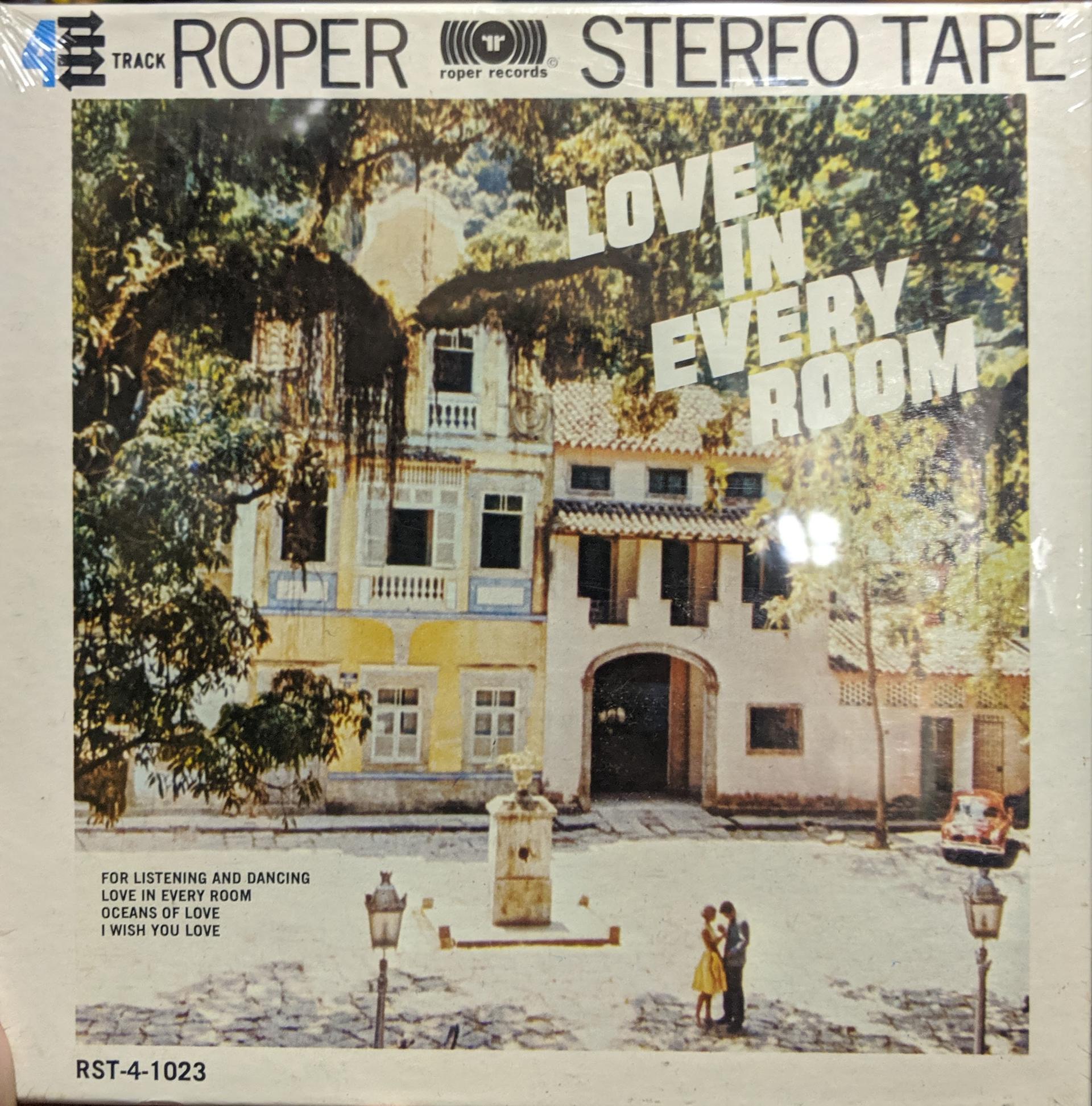
New York was enthralled with Latin dance beginning around 1910, when the city experienced a wave of Central American and Caribbean immigration — particularly from Puerto Rico, whose residents gained US citizenship in 1917. More Puerto Ricans moved to Spanish Harlem and the South Bronx in the 1930s after the coffee industry collapsed (the midpoint in a generations-long wave of immigration), the New York Post noted, and encountered a “vibrant community bursting with Latin record stores, dance halls and tons of performance opportunities.” New York was also obsessed with Cuban culture, and newly arrived Boricuas “quickly adopted the raucous, up-tempo Cuban styles being played in ritzy clubs like the Copacabana and the Palladium Ballroom.”
Related: The World’s favorite albums of 2019
The Palladium Ballroom on 53rd Street in Manhattan began hosting evenings devoted to Latin bands in 1948, with dance contests focusing on mambo, rumba and cha-cha. The events drew a wide cross section of New Yorkers and, unlike downtown clubs, the Palladium was unsegregated. By the early ’50s, the Palladium was a nationally known venue for Latin entertainers, including bands led by Tito Puente, Tito Rodríguez and Frank “Machito” Grillo, known as the Big Three. After the war ended, Peri danced right into this scene.
“Wherever there were big conventions, I would go and teach the teachers. I taught the West Coast Latin dance.”
Peri was moved to visit John Phillips Dance Studio on 97th and Broadway after attending a block party where he saw a couple dancing well. Phillips — a then-famous instructor credited with designing choreography to teach ballroom dance — saw an innate talent in Peri, who quickly became an assistant teacher. By the 1950s, he was performing and teaching at the Roseland Ballroom and Palladium, in Atlantic City, for vacationers in the Borscht Belt, and throughout the Southwest and West Coast. “Wherever there were big conventions, I would go and teach the teachers,” Peri said. “I taught the West Coast Latin dance.”
Related: How do we forget what was once famous?
Afro Cuban styles of Latin dance, and specifically mambo, coalesced in real time on dance floors like the Palladium and spread throughout the world, said Juliet McMains, a professor at the University of Washington’s dance department. “It entered the ballroom dance industry … and came through Arthur Murray studios and ‘The Arthur Murray Party,’ a TV show where people could learn dances. But what [Murray] was teaching was so radically different, it was standardizing and simplifying dances for a lay audience.” These new dancers, removed from the musical wealth and ethnic diversity of New York City, needed music for their cha-chas and foxtrots.
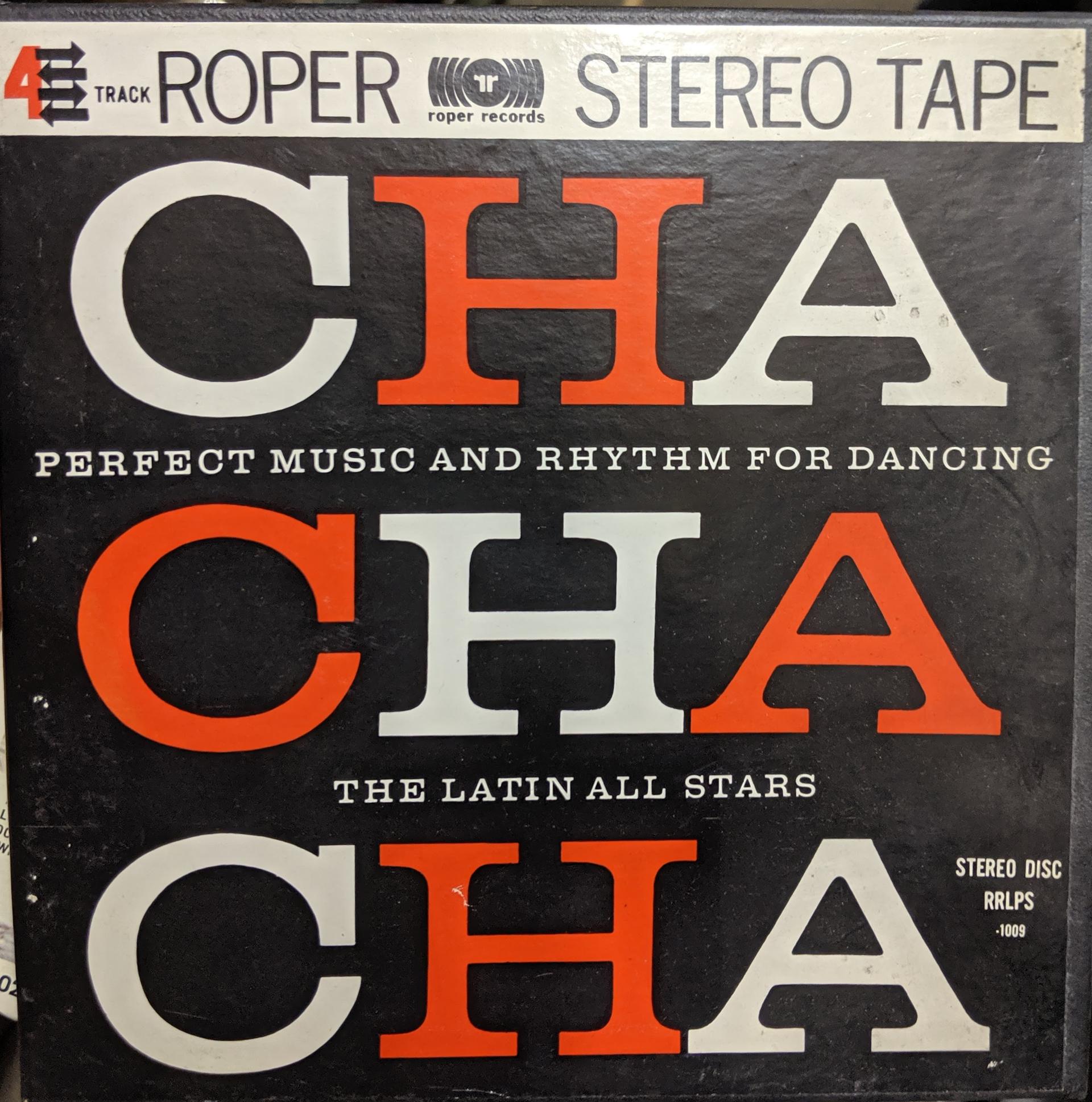
Although Peri single-handedly operated Roper Records — doing everything from executive producing albums to running sales and distribution from warehouses in New York and Cincinnati — he got a little help from his friends. Peri met legendary timbalero (timbale player) Tito Puente during a performance (perhaps at the Palladium, though memory fails) where Peri was a featured performer. For years, Puente served as the musical director, arranger and consultant for Roper’s house band, credited as The Latin All-Stars and The Roper Dance Orchestra. As director, Puente performed and was responsible for hiring session musicians — likely his own crew, which included bandleader Joe Loco, trumpeter Jimmy Frisaura, percussionist Al “Alfredito” Levy and pianist Charlie Palmieri.
“I would supply the orchestras with beer; I’d have to send for a case of beer every hour. I would definitely be in the control room with the engineers. The minute that [the band] had bad sound coming out, I’d let them know. Some things we’d have to do over again.”
The orchestra’s unique “sound signature” centered on big band arrangements with an emphasis on string sections for ballroom dance. While many of the Latin ballroom arrangements were original, others were reworkings of different records or standard rhythms that always worked for dancing. Peri spared no expense recording in topflight studios and was active in the recording process, despite having no musical ability of his own. “I would supply the orchestras with beer; I’d have to send for a case of beer every hour,” Peri said. “I would definitely be in the control room with the engineers. The minute that [the band] had bad sound coming out, I’d let them know. Some things we’d have to do over again.”
Related: This opera singer says the ‘hype’ should be on her voice, not her transgender identity
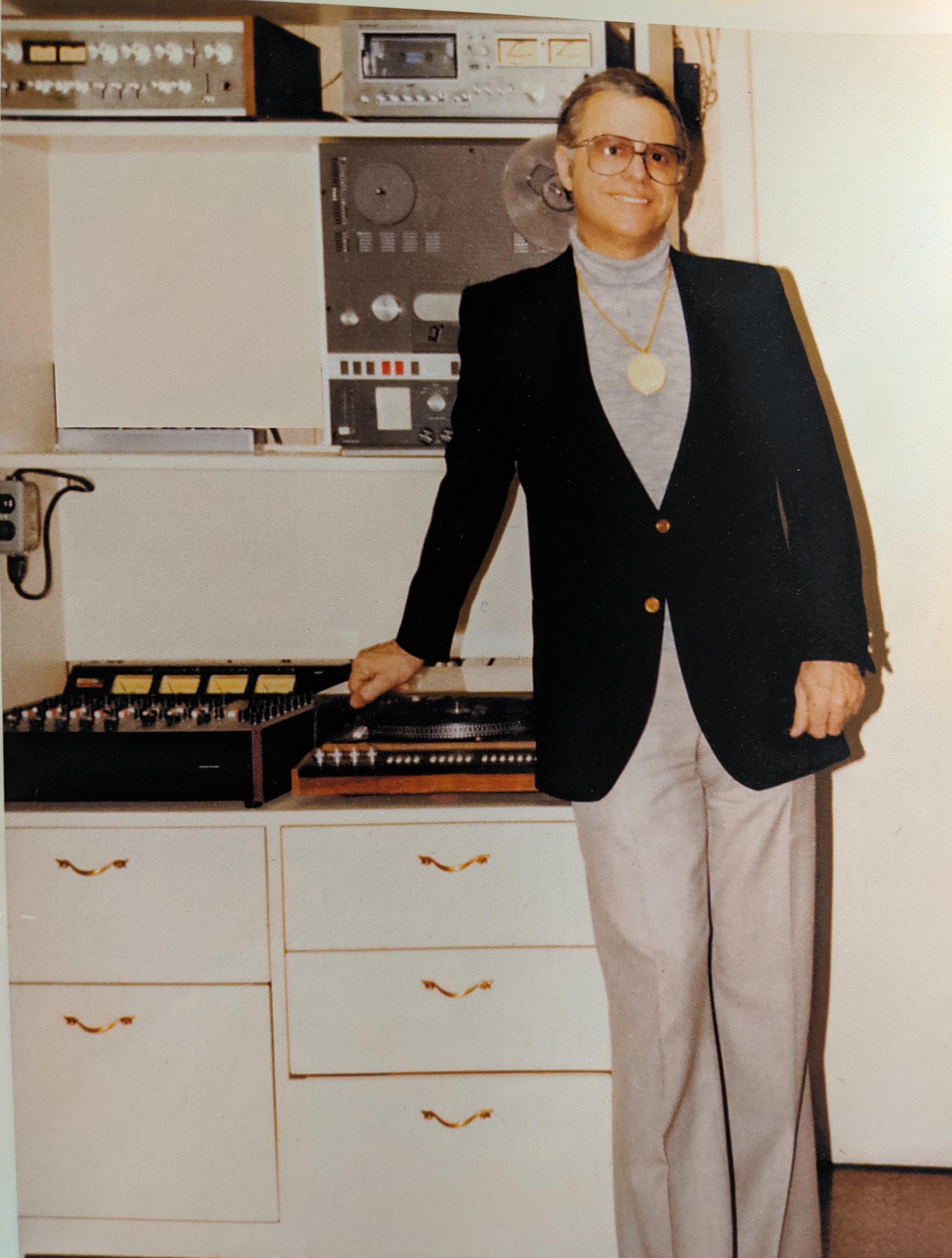
Yet, almost all of these musicians — including Palmieri, who arranged many songs — went uncredited due to contractual issues. Puente himself was moonlighting from his Tico Records contract; despite orchestrating and performing on 40-50 songs from over a dozen albums and nine 45s, he is only a credited musician on one album. Roper, like many small labels, paid musicians in cash and had no contracts or lawyers, thus avoiding detection from allegedly mobbed-up label owner Morris Levy and others.

Puente’s first recording of the now-famous “Oye Como Va” may be a 1963 Roper single, and many songs by Roper orchestras continue to be used at ballroom competitions. “Thousands of Jewish gatherings around the world have and continue to play Tito Puente’s version of ‘Hava Nagila’ … without realizing that it is Tito Puente disguised as the ‘Roper Dance Orchestra,’” the website Popsike says. Roper’s order forms show sales to ballroom studios across the nation, Germany, Japan and beyond.
Related: 60 years before BTS, the Kim Sisters were America’s original K-pop stars
“The American ballroom dance industry shifted in the ’60s and ’70s because social ballroom dance fell out of fashion. The popular dances were these rock ’n’ roll dances, which didn’t need formal instruction. Ballroom shifted gradually to competition dancing and showcase routines.”
As the ’60s and Cuban embargo continued, Cuban-centric bands evolved into more Puerto Rican projects — both in band makeup and rhythm. The mambo craze faded, rock ’n’ roll exploded, and soul music burst on the scene, developing into Latin soul and boogaloo. “The American ballroom dance industry shifted in the ’60s and ’70s because social ballroom dance fell out of fashion,” McMains noted. “The popular dances were these rock ’n’ roll dances, which didn’t need formal instruction. Ballroom shifted gradually to competition dancing and showcase routines.”
When salsa hit New York in the 1970s, many of the so-called mambo kings had to sink or swim. Puente and Machito joined forces with legendary Fania Records, while Pérez Prado (a legend in his own right, who recorded the original “Mambo No. 5”) would largely fade from public consciousness in the US. While there are an untold number of salsa studios around the world today, Roper Records didn’t release any salsa records.
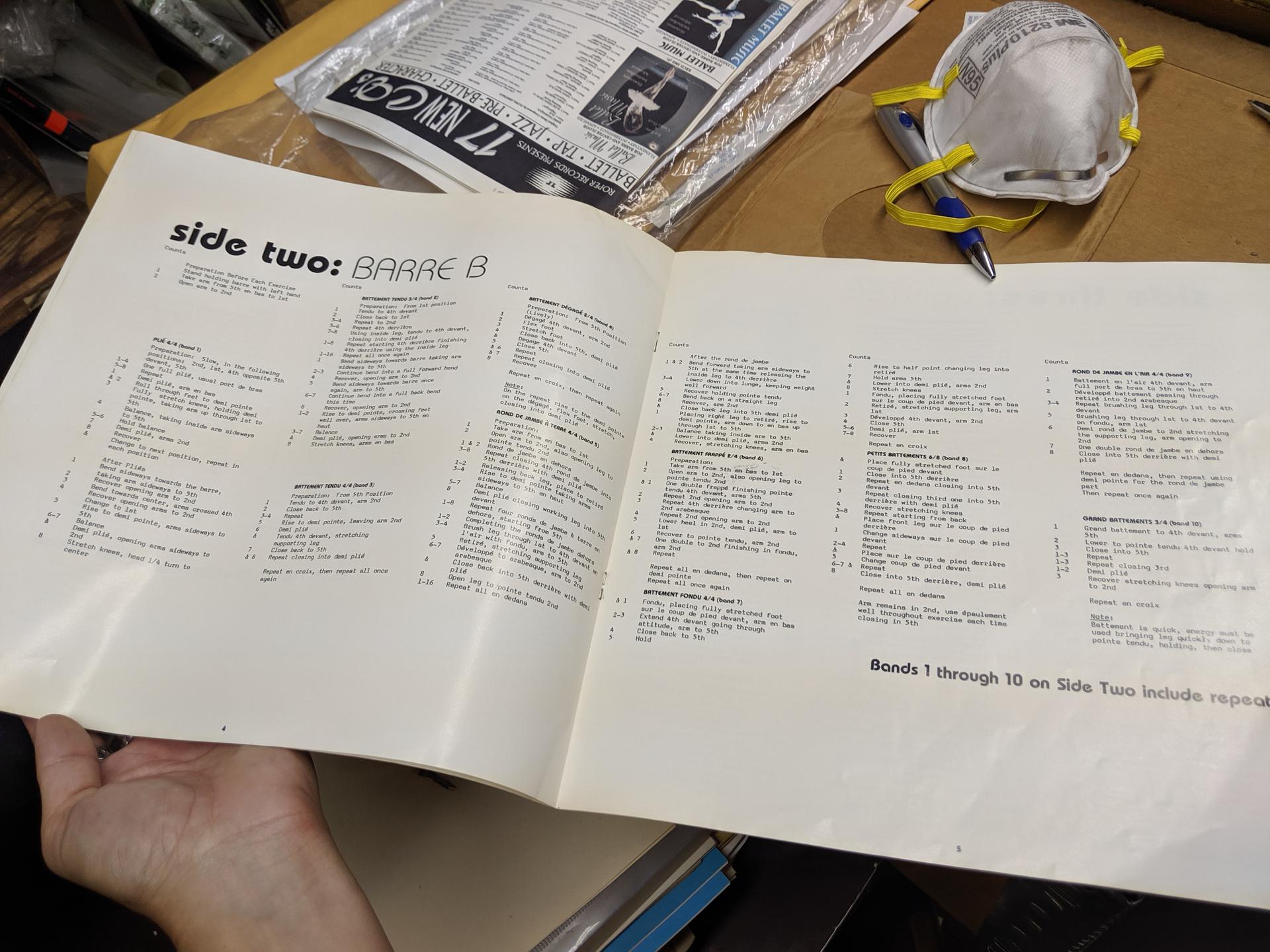
“The salsa of the ’70s was in mostly Puerto Rican communities, and people learned it from their families and friends. The American and Euro tradition of learning social dancing is not the tradition there, and the idea of taking classes and lessons in social dancing was foreign,” McMains said. “In the 1990s [with the rise of salsa romantica], salsa dancing became a commercial thing, and a lot of studios were opened by Puerto Rican people to teach white dancers.”
Related: ‘It was a social revolution’: The Turkish Embassy’s surprising role in desegregating DC jazz
While Roper Records continued to record music for ballroom dance with a focus on Latin styles under multiple directors and as The Dancing Strings, in the mid-1970s, Peri began producing music for ballet classes. Ballet had experienced a sort of revival beginning in the early ’60s, following multimillion-dollar grants from the Ford Foundation to eight American ballet companies (including the School of American Ballet in New York), which regionalized the art form. Dance partners Dame Margot Fonteyn, an iconic English ballerina, and Russian defector Rudolf Nureyev (who was “as big as Mick Jagger”) only increased ballet appreciation following a popular tour with The Royal Ballet of London in 1963.
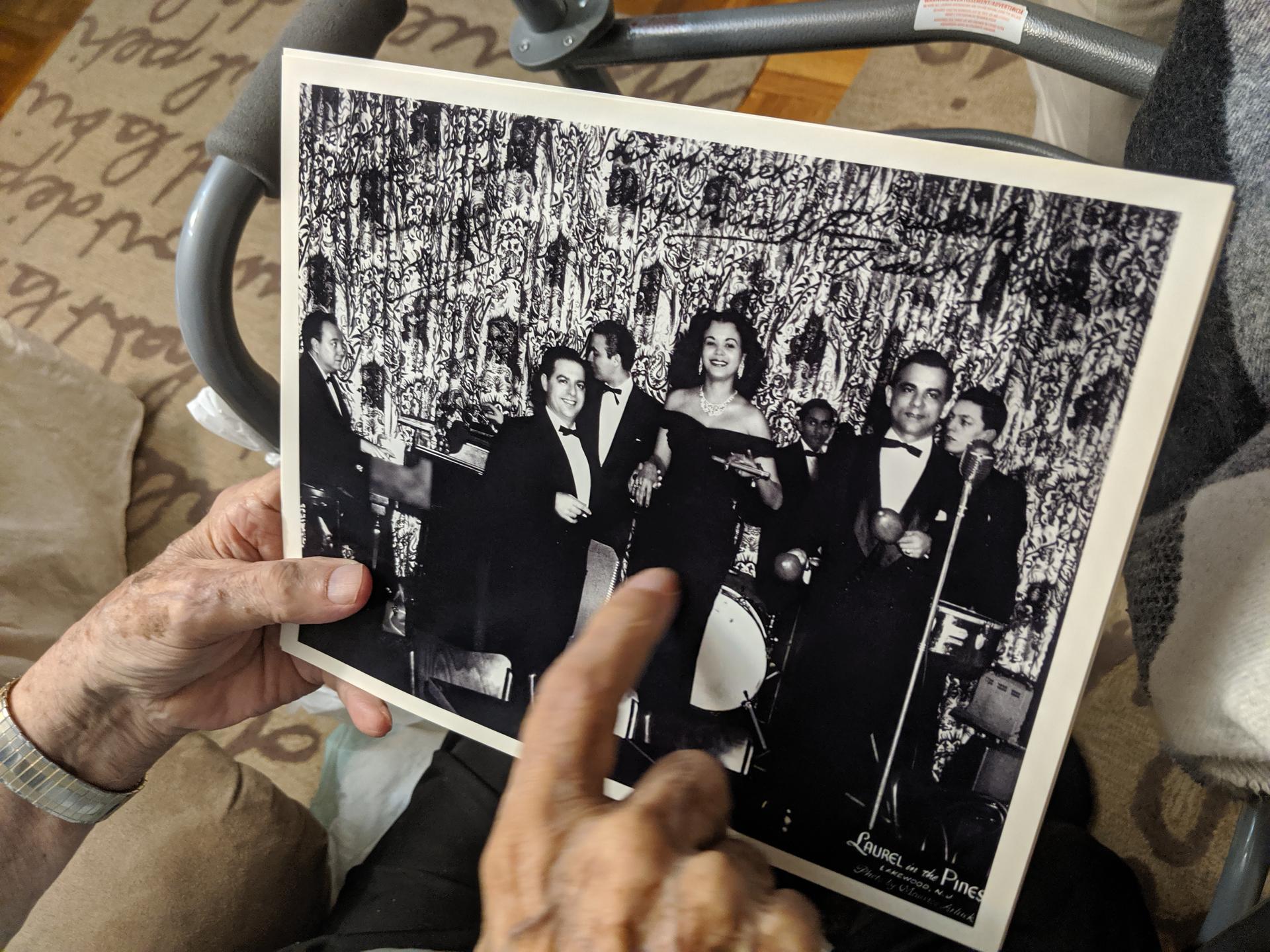
Employing the same quality standards, but with a smaller band, Peri worked with New York ballet teachers including the renowned Mme. Halina Lutomski and pianists such as Douglas Corbin to supervise and direct records for dance classes. Ballet teacher Kathryn Sullivan oversaw seven albums for Roper, attending recordings to dance and set the tempo for a pianist — who always used a well-tuned Steinway.
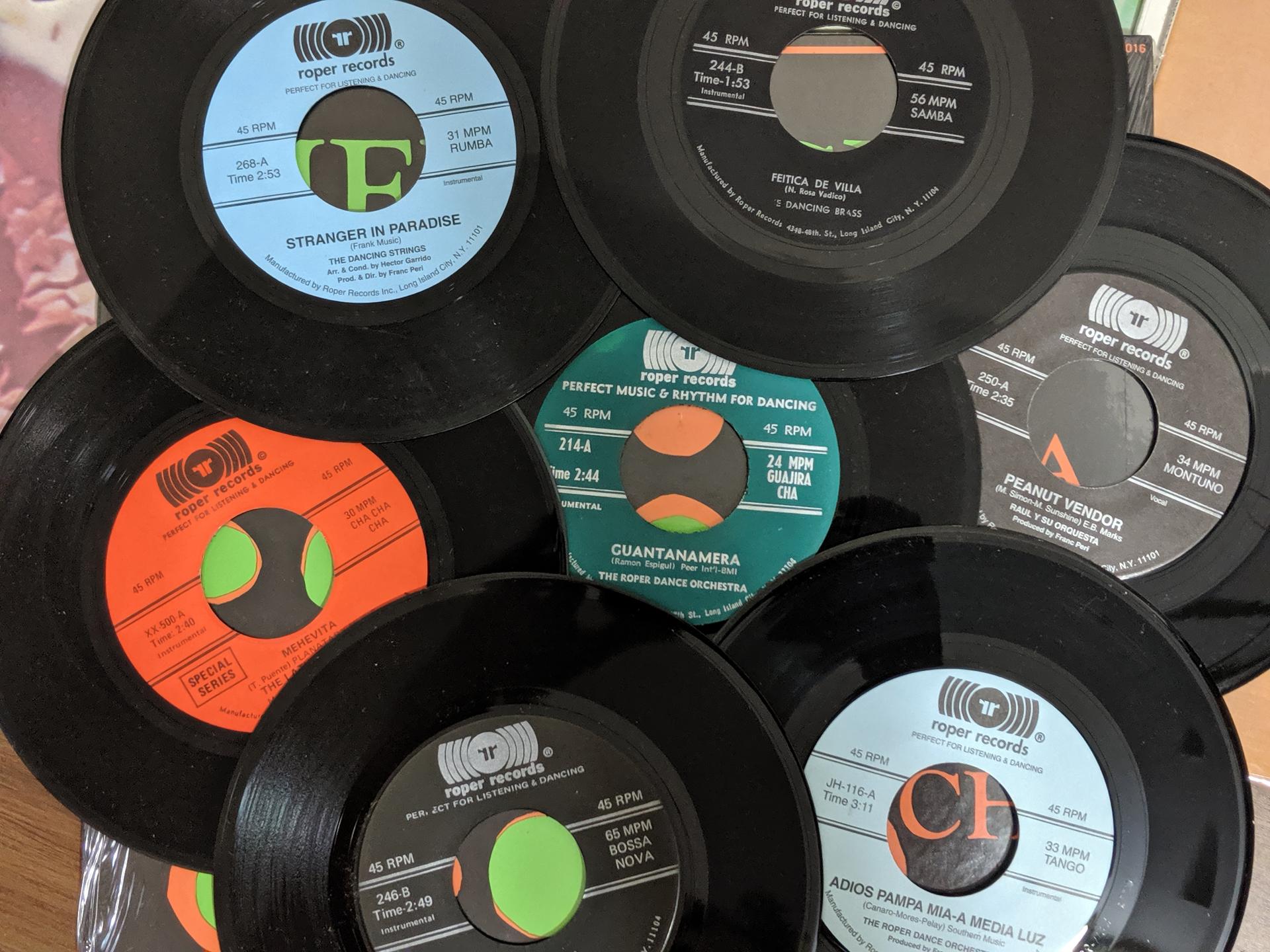
“[Roper] was just very quality … he’d use the best recording studio, the best piano, and the best engineer. Some of the others were just not as quality; the Hoctor Records ones were kind of fast, but [Peri] took his time.”
“We do a ballet class at a certain progression and need appropriate music for each progression and ballet exercise, with a couple variations,” Sullivan said, adding that there were three to five other labels she was aware of that published music for ballet classes. “[Roper] was just very quality … he’d use the best recording studio, the best piano, and the best engineer. Some of the others were just not as quality; the Hoctor Records ones were kind of fast, but [Peri] took his time.”
In 1989, dance patron Rebekah Harkness introduced Peri to legendary British ballet dancer David Howard — “one of the most sought-after ballet teachers in the United States and far beyond,” according to The New York Times. Howard supervised dozens of ballet records (Sullivan estimates between 10 and 12 a year) for Roper; his popularity and Peri’s penchant for high quality made Roper recordings a staple for ballet dancers of all ages and levels. Peri even made a custom ballet cassette for Mary Tyler Moore once “so that she could practice on the road.”
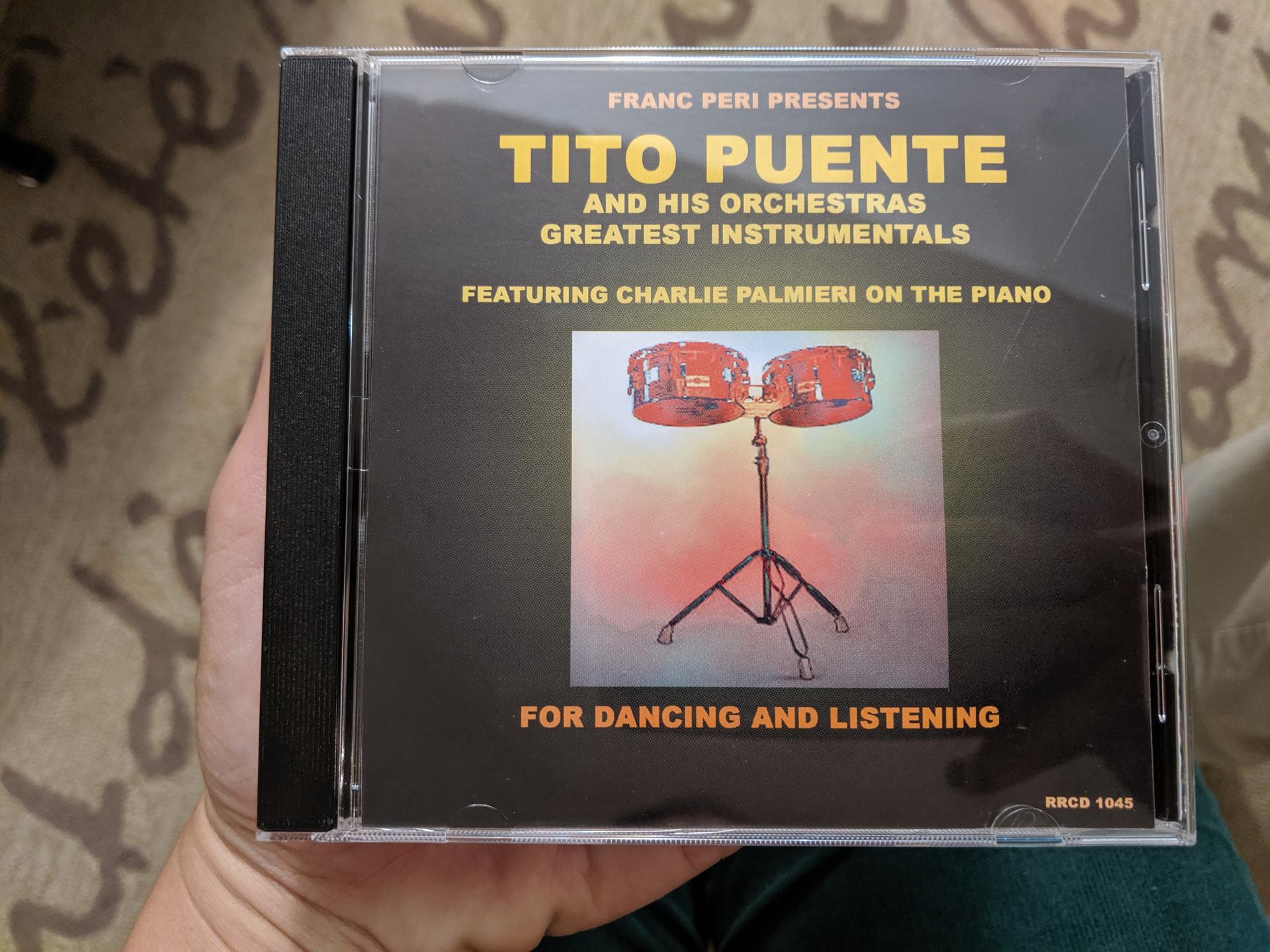
“David Howard’s are the most popular [recordings],” Peri said during a 2005 YouTube interview. “He was so professional. All the different teachers that have learned from him tell me the same thing: His technique and the fact that they come away better than they were before [makes him special].”
Although the bulk of Roper’s sales came from mail order catalogs (and phone calls, as Roper did not have a website until the early 2000s), Howard, Sullivan and other teachers would often sell the CDs they had overseen the production of at dance conventions. Peri, too, would make sales on the road — he developed a reputation as an adjudicator while working for Dance Masters of America and Dance Educators of America, and judged ballroom competitions for over 40 years. He judged the Grand National Championships in Florida for 25 years and the 1964 World Championships with Fred Astaire. All the while, Peri carried Roper Records brochures in his briefcase.
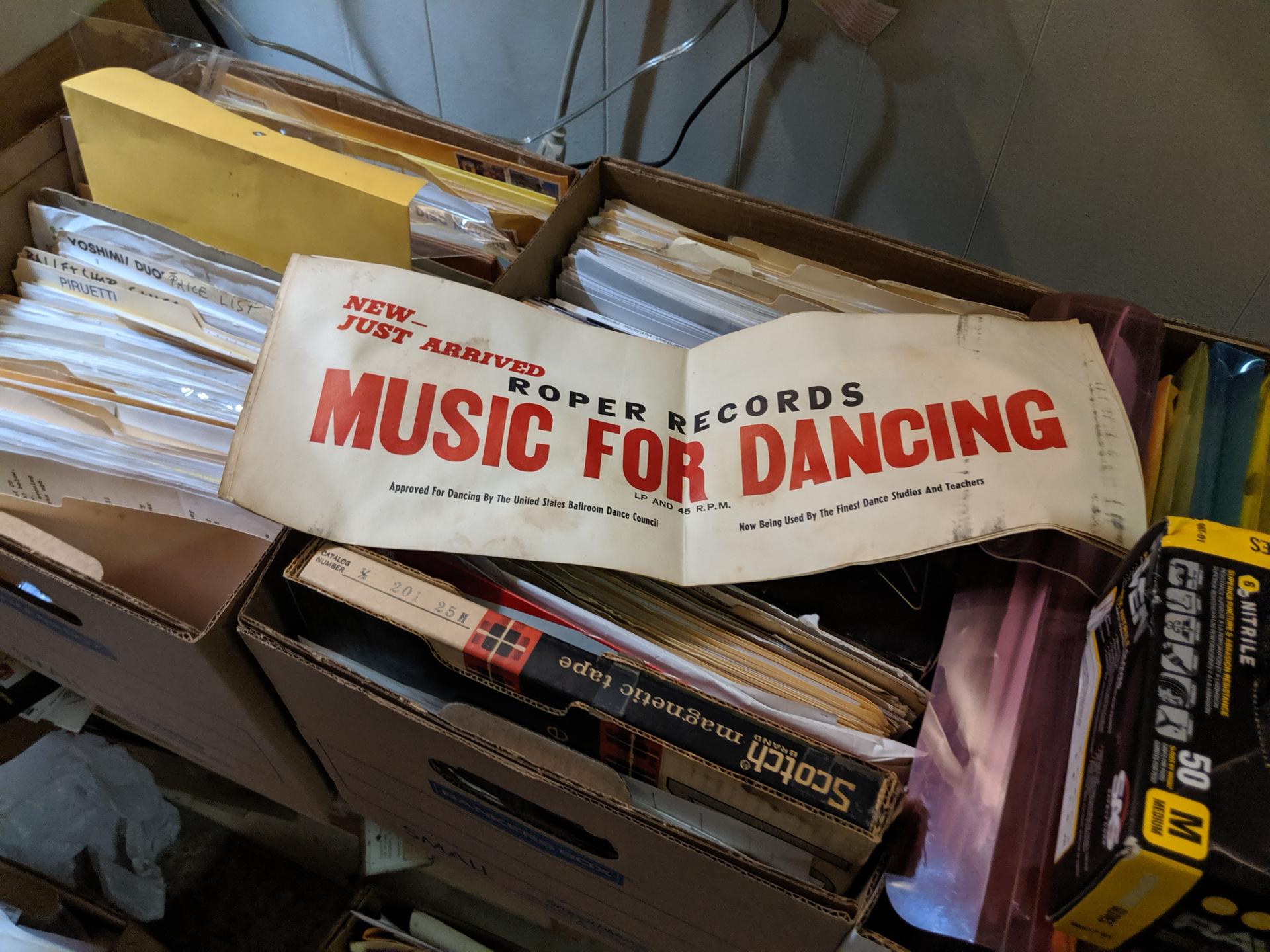
“What’d you always say when you’d make a sale, ‘Ring a ding?’ He’d remember clients at Christmas, send them little pens and things. He had a personal relationship to the teachers and just had a lot of personality in the way he dealt with his public.”
“You were a very clever salesperson, very charming,” Sullivan told Peri warmly; the two have been friends for over 20 years. “What’d you always say when you’d make a sale, ‘Ring a ding?’ He’d remember clients at Christmas, send them little pens and things. He had a personal relationship to the teachers and just had a lot of personality in the way he dealt with his public.”
Although orders for Roper Records trickle in every so often, Peri has largely gotten out of the business and is liquidating his warehouse in Long Island City’s Dutch Kills neighborhood. Peri married the love of his life, his wife Harriet Alter, in his 70s and never had children or groomed a successor. While Roper Records is certainly part of Peri’s legacy, he never considered what would happen after he was too old and tired to run the business. The label, though successful, is less sentimental than Peri’s dance career.
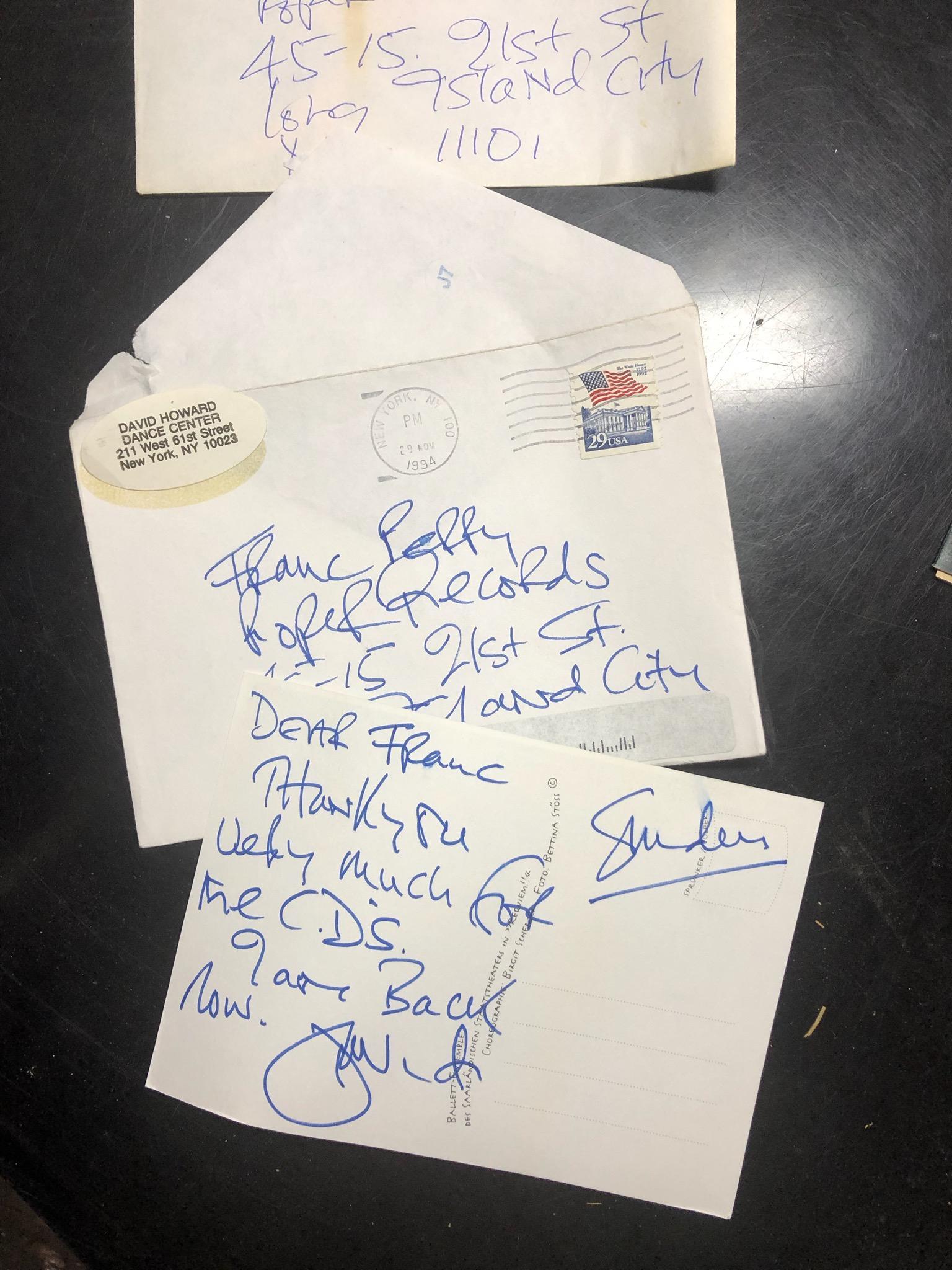
Even though the majority of New York ballet schools have live accompaniment, “There’s a great need for ballet music” in suburban settings, Sullivan said. Schools without access to live musicians practice to MP3s and streaming music, and Roper Records never saw the digital age coming. “There’s a lot of schlocky recordings out there — people can now record on the computer and they can adjust the tempo, but it’s not the same as being in a live studio with a piano. The quality is not the same.”
Before Roper’s warehouse is liquidated of vinyl, master tapes, dance manuals and ephemera (the majority of its scores now belong to the Queens Historical Society), Sullivan and Freeman hope to find someone to bring the label’s catalog into the digital age. “[Dancers] had cassettes for awhile, then CDs and now, MP3s. Hopefully, they’ll get to enjoy some of Roper Records digitally, too,” Sullivan said.
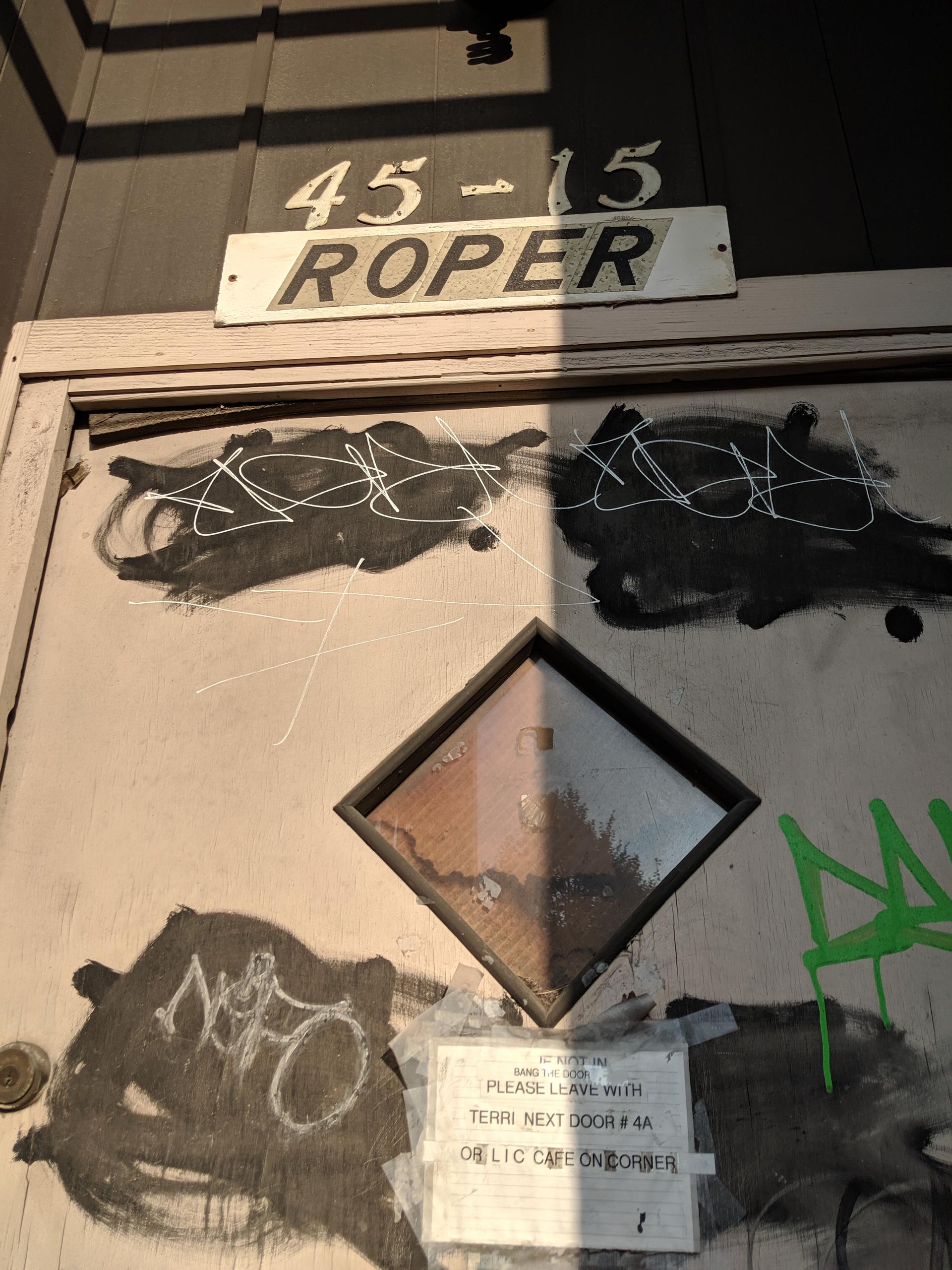
The story you just read is accessible and free to all because thousands of listeners and readers contribute to our nonprofit newsroom. We go deep to bring you the human-centered international reporting that you know you can trust. To do this work and to do it well, we rely on the support of our listeners. If you appreciated our coverage this year, if there was a story that made you pause or a song that moved you, would you consider making a gift to sustain our work through 2024 and beyond?
